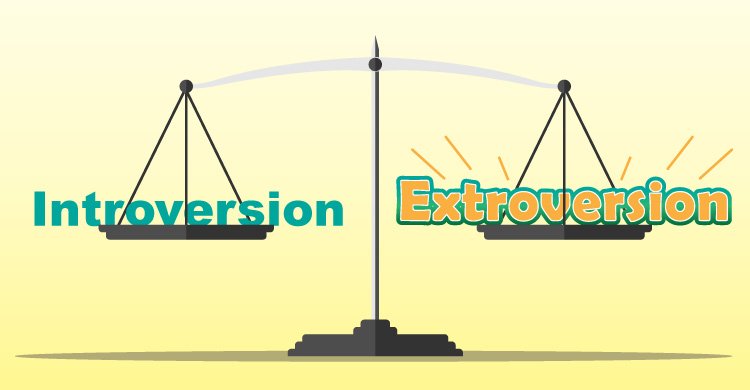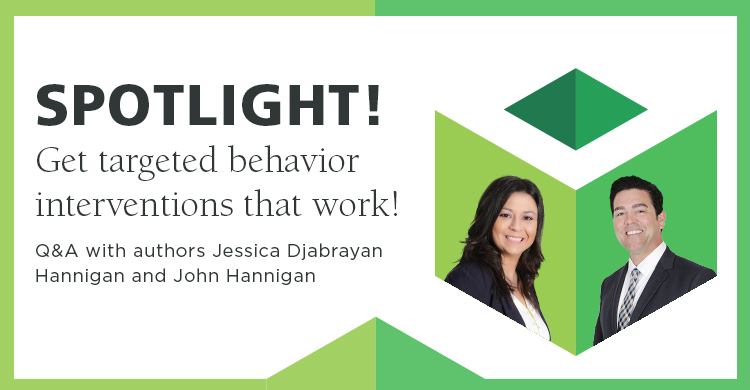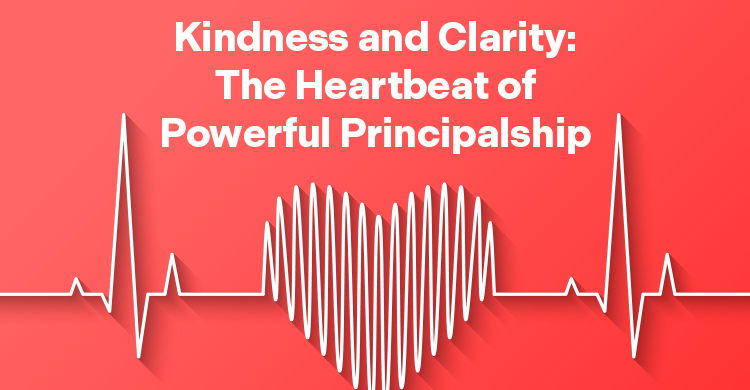In my book, Everyday Instructional Coaching, I emphasize the important role instructional coaches play in facilitating effective collaboration. As educators, we continually demand collaboration for our students and consistently schedule team meetings and planning sessions. We have to ask ourselves, “What is the purpose of collaboration?” Is it to check a box for the principal, truly be productive, or meet pre-established goals? We have placed a high value on collaboration, but at what cost?
While collaboration is important, having team members collaborate excessively and not allowing them time to think and work independently leads to danger. Further, collaboration may cater to certain personality types over others. For these reasons, coaches must carefully ensure balance when working with teachers in a collaborative setting. Coaches can begin to understand how to strike this balance by examining behaviors of teachers during collaboration, evaluating personality types, considering a variety of balancing methods they can incorporate into their practice, and following three important principles of working as a team.
Introversion Versus Extroversion
Susan Cain’s 2012 TED Talk The Power of Introverts and 2013 book Quiet: The Power of Introverts in a World That Can’t Stop Talking have received a great deal of attention for challenging and criticizing schools and notable businesses and organizations for overvaluing extroversion and primarily creating work environments that cater to extroverts. Cain (2013) examines personality types in relation to social stimulation instead of to the often-interpreted shy versus not shy comparison. According to Cain (2012), “Extroverts really crave large amounts of stimulation, whereas introverts feel at their most alive and their most switched-on and their most capable when they’re in quieter, more low-key environments.”
Cain (2012) tells a story about Steve Wozniak, co-founder of Apple. Because of his popularity and his work with Steve Jobs, you might initially think Wozniak’s success resulted from a collaborative approach to creativity or his work in highly social workplaces. As it turns out, his success did not result from a big, open-concept space full of huddling brainstormers plotting their course on whiteboard walls. Cain (2012) describes how Wozniak always made progress by himself on his journey to build the first PC. Wozniak made much of this progress in his cubicle at Hewlett-Packard. He’d arrive really early in the morning before any of his colleagues to read engineering magazines, pore over technical manuals, and come up with designs in his head. After work, he’d quickly have dinner at home and then drive back to the office to have a late night of work. Cain (2013) notes, “He describes this period of quiet midnights and solitary sunrises as ‘the biggest high ever’” (p. 73). The key, then, to capitalizing on our talents and skills is for us all—introverts and extroverts and those in between—“to put ourselves in the zone of stimulation that is right for us” (Cain, 2012). This means allowing time for teachers to work independently as well as work in collaboration.
Adam Grant (2014) shares that “introverted leaders often deliver better outcomes than extroverts do, because when they are managing proactive employees, they’re much more likely to let those employees run with their ideas,” whereas extroverts get so enthusiastic about their team’s ideas, they unconsciously start taking credit and “putting their own stamp on things” (as cited in Cain, 2012). This extroverted leadership keeps other team members’ ideas from gaining traction or even being illuminated. Applying this conclusion to the coach-teacher relationship, coaches can leverage the team’s great ideas by facilitating collaborative work that empowers teachers to be innovative instead of imparting their knowledge onto teachers.
I’m not proposing that we stop collaborating together as teams, nor would Cain suggest that. Overwhelmingly, the culture of schools and society continues to shift more and more toward teamwork and collaboration. More than ever, learning should be part of a social context, as learners collectively rely on each other’s thinking to solve complex problems.
What I am proposing is that we not allow the pendulum of collaboration to swing to the far extreme of cooperative learning all the time, promoting excessive group work and overly social norms in the classroom. Like in the classroom, I also suggest a balance of healthy collaboration in teacher teams. Cain’s and Grant’s research on introversion and extroversion is compelling, and we must address how coaches can work most effectively and creatively with all personality types by creating balance.
3 Methods to Ensure Balance
Coaches are facilitators of collaboration and therefore can ensure a creative environment that balances social stimulation. Based on my observations and experiences, I have identified the following three key actions that will support coaches’ efforts toward balanced collaboration.
-
Create a casual, fun, and relaxed environment
With the important work required of teachers and the pressures they often face, following this principle carries more weight than ever before. Sharing ideas and discussing learning standards and instructional strategies are pertinent for this environment. But when it comes time for creation and critical thinking, don’t force everyone to execute these cognitive functions in a formal environment.
-
Provide structured quiet time
Remember nap time for students? Well, we’re not quite going there, but we must utilize quiet time in an intentional way. Quiet time is best for reflection, contemplation, and creation. Quiet time can also mean alone time, depending on what your team members need. If you carve out an hour of time with your team, and your objectives for that meeting require complex thinking or creation, set aside at least thirty minutes for quiet time.
A possible breakdown of this hour could look like the following:
- Establish objectives for collaboration. (5 minutes)
- Set the stage for problem solving, ask clarifying questions, share thoughts, and so on. (10 minutes)
- Have quiet time for reflection, productive work, and creation. (30 minutes)
- Debrief quiet time, and share work with teammates. (10 minutes)
- Conduct a closing circle to discuss next steps, actions to take, and responsibilities. (5 minutes)
-
Identify and share personality types
You can access many assessments online, such as Myers-Briggs Type Indicator (www.mbtionline.com), CliftonStrengths (www.gallupstrengthscenter.com), and so on, that can help them decide on the best way to assess and illuminate personality types and strengths. Not only is this beneficial for advocating balanced collaborative processes, bu it will also be pivotal in working one on one alongside teachers. Once teachers share their personality profiles in a trusting environment, you’ll begin to sense mutual understanding and respect among team members. We will fully utilize quiet time when we make connections between how we work best and how that intersects with our interactions with others.
We have an opportunity to engage in collaboration in a way that doesn’t lead to resentment, unproductivity, and toxicity. It’s crucial that educators actively honor individuality within the group and create opportunities for teacher teams to work together in collegial ways, while also respecting personality types and much-needed quiet time.
References:
Grant, A. (2014). Give and take: Why helping others drives our success. New York: Penguin.
Cain, S. (2012, February). The power of introverts [Video]. Accessed at www.ted.com/talks/susan_cain_the_power_of_introverts on August 30, 2017.
Cain, S. (2013). Quiet: The power of introverts in a world that can’t stop talking. New York: Broadway Paperbacks.
[author_bio id=”1325″]








In “No More Teams” by Michael Schrage, the author describes the key to collaboration by focusing on the task, something I have yet to see acknowledged anywhere else (since reading the book in the late 90s). He defines true collaboration as happening when the task is bigger that could be performed by someone alone.
Sadly, too often what we talk about as collaboration lacks a task of sufficient magnitude to warrant working with others, so we have to invent protocols to “fix” the people involved rather than admitting that the fault lies with the task.
And this applies just as much to student work. As students ourselves we all experienced unequal efforts by members on a group project, and some of us as teachers know the difficulty of assessing group work, in both cases for the simple reason that the task did not *require* the efforts of more than one person (or at least the number of people in the group).
None of this is to say that paying attention to personal (and interpersonal) factors isn’t important, but if the task at hand isn’t sufficiently large that we know we need the help of others, we see through the artifice, just like we did in high school.